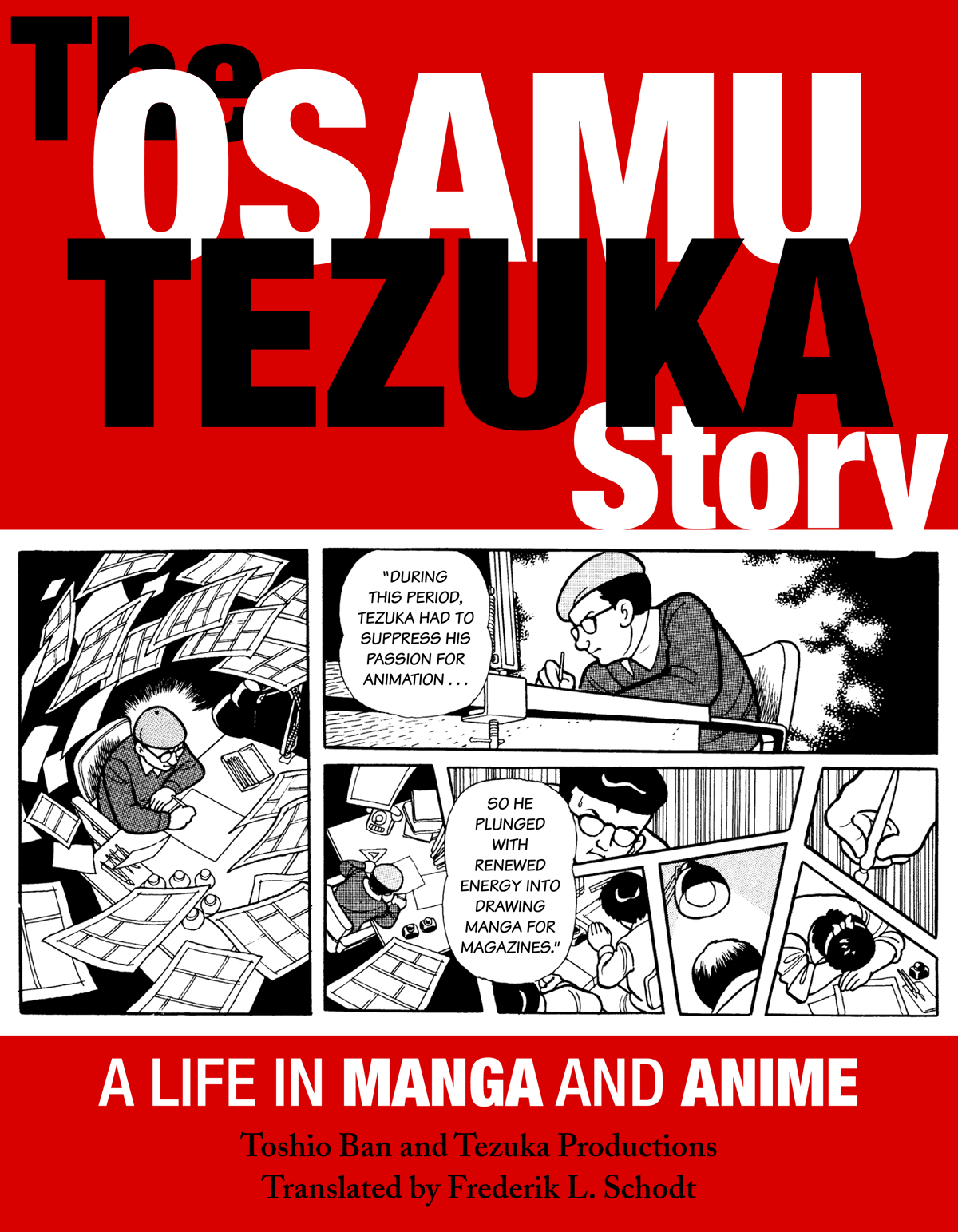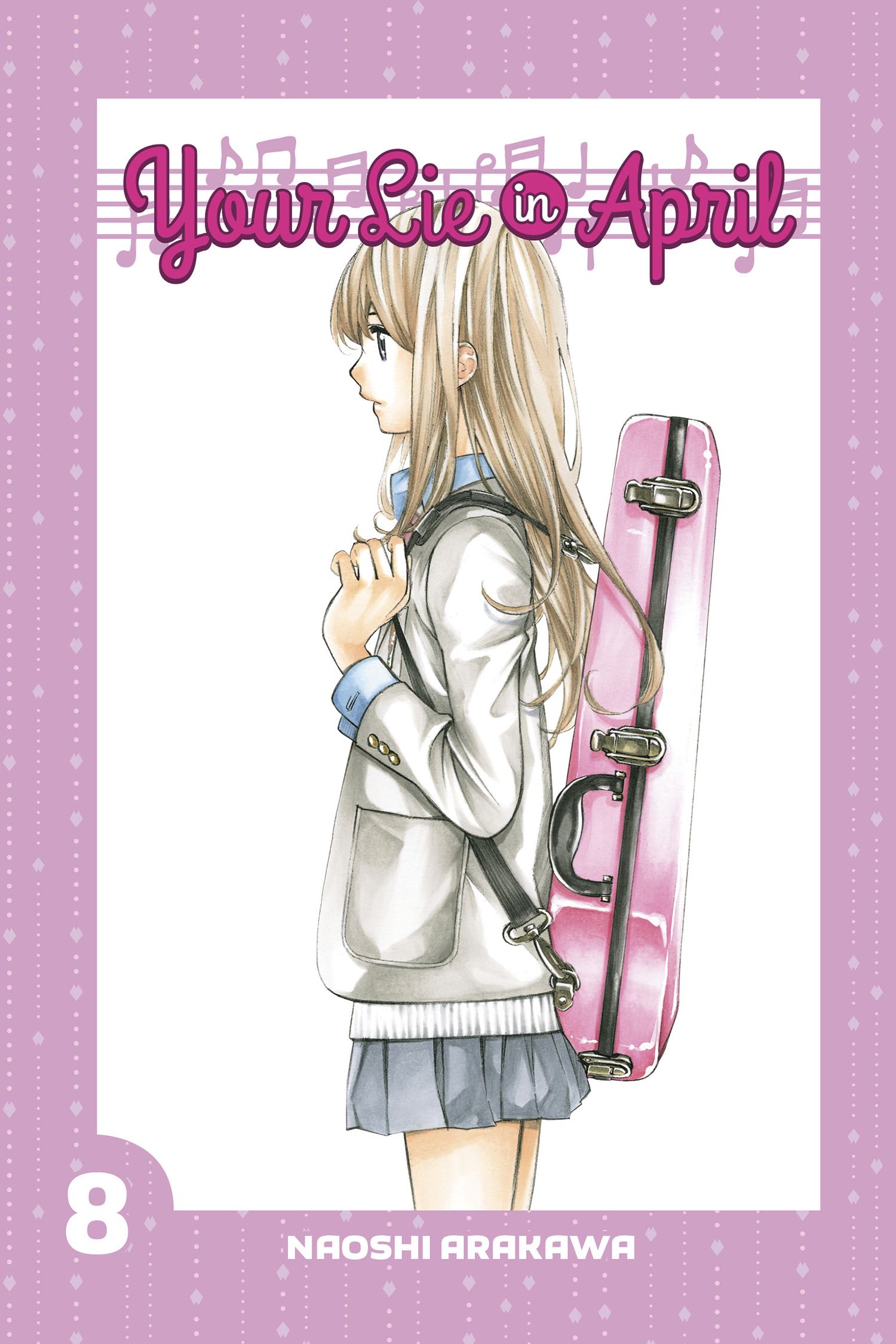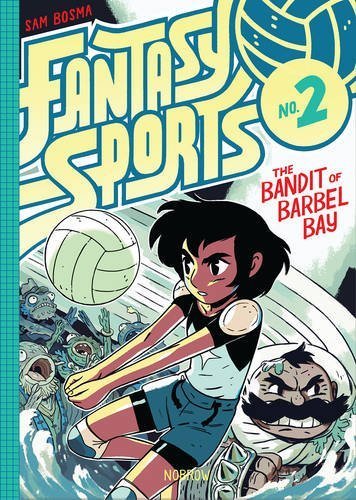My News and Reviews Last week was a relatively quiet week at Experiments in Manga (granted, that's true of most weeks these days), but the winner of to Tokyo Ghoul giveaway was announced. The post …
Continue Reading about My Week in Manga: September 5-September 11, 2016 →




